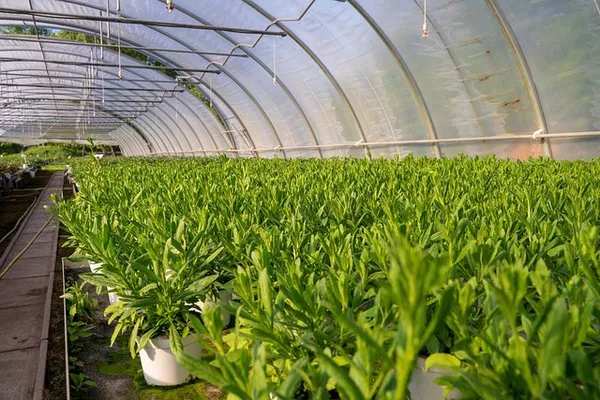Plants employ intricate mechanisms to acquire essential nutrients from the soil, and iron (Fe) uptake is a crucial process for their growth and development. A recent study conducted by researchers sheds light on the sophisticated strategies plants employ, particularly focusing on the influence of soil pH on the release of specific metabolites.
The two primary iron uptake mechanisms, known as strategy I and strategy II, are determined by the botanical classification of the plant. Strategy I, involving the reduction of trivalent iron (Fe3+) to bivalent iron (Fe2+), is utilized by non-Poaceae plants like oilseed rape and the model plant Arabidopsis thaliana. In contrast, grasses belonging to the Poaceae family employ strategy II, secreting chelating compounds that facilitate the reuptake of Fe3+, eliminating the need for a reduction step.
Dr. Ricardo Giehl, co-head of the “Molecular Plant Nutrition” working group at IPK, highlights the intriguing role of coumarins released by some Strategy-I plants under iron deficiency. Notably, the physiological functions of these coumarins have not been fully elucidated until now.
The research team uncovered that the functionality of two specific coumarins released in response to iron deficiency is heavily influenced by external pH conditions. In slightly acidic environments, sideretin, a type of coumarin, collaborates with the membrane-bound enzyme FERRIC REDUCTION OXIDASE 2 (FRO2) to facilitate efficient Fe2+ uptake into the roots.
However, under alkaline conditions, the biosynthesis of coumarins shifts from sideretin to fraxetin, a process regulated by the transcription factor MYB72. In this scenario, sideretin loses its ability to reduce and solubilize Fe3+ from precipitated sources, while fraxetin retains a high Fe3+ mobilization capacity. Instead of directly reducing Fe3+, fraxetin’s primary function is to provide soluble Fe(III)-chelates for FRO2-mediated reduction.
Dr. Ricardo Giehl emphasizes the significance of their findings, stating, “Our study shows that by adjusting coumarin biosynthesis, plants recruit specific functions depending on the prevailing pH of the soil.” When conditions are slightly acidic, sideretin is favored, serving as a superior Fe3+ reductant. On the other hand, in alkaline environments, plants direct the synthesis towards fraxetin, ensuring high Fe3+ mobilization capacity even under such pH conditions.
This research provides valuable insights into the nuanced regulation of metabolite biosynthesis in response to environmental factors, specifically soil pH. The knowledge gained from this study opens up possibilities for targeted enhancements of plant productivity and health under varying soil conditions, showcasing the adaptability of plants to optimize nutrient uptake mechanisms.

